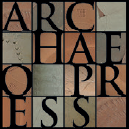
Publishing Scholarly Archaeology since 1997
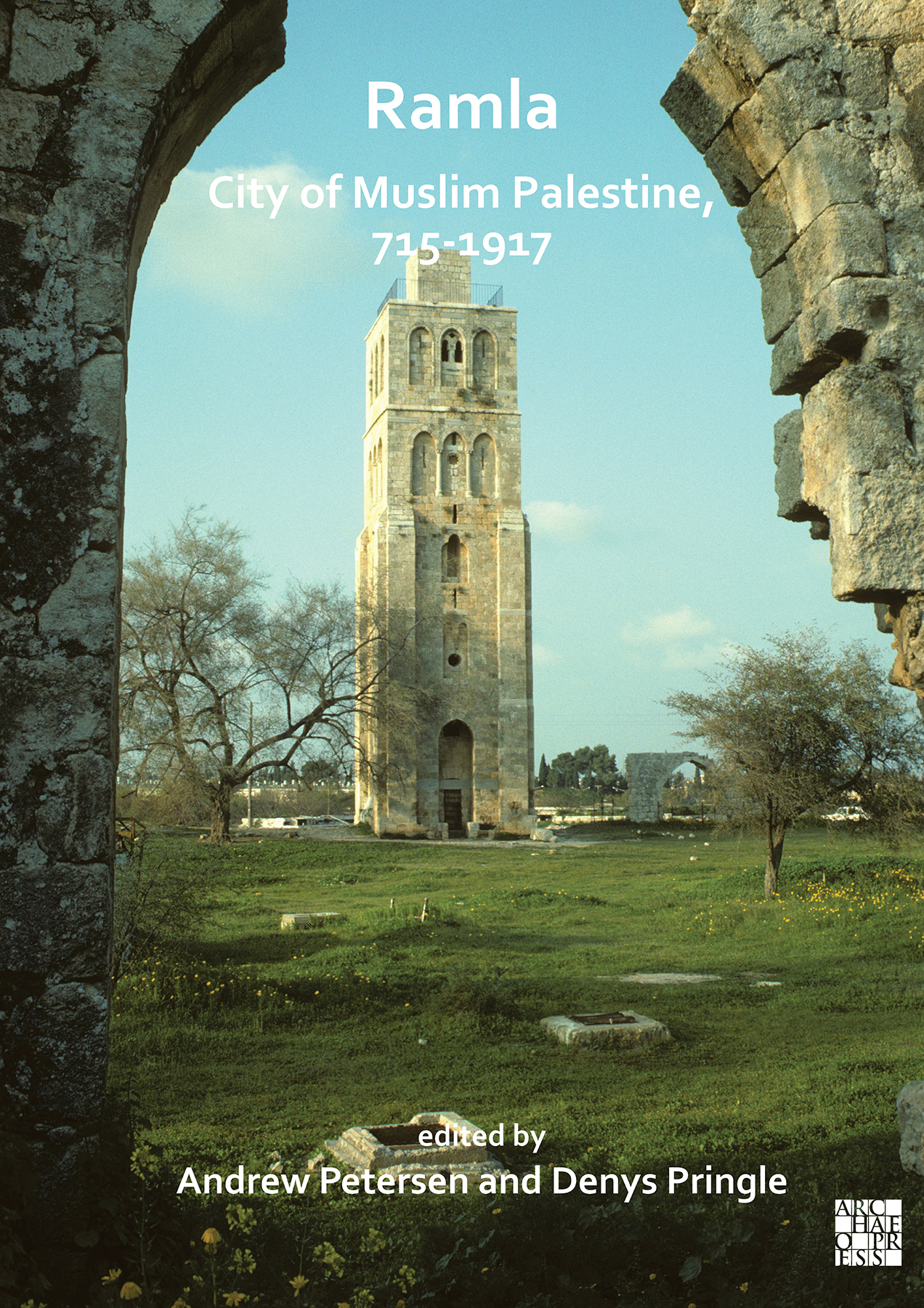
Download Sample PDF
H 290 x W 205 mm
332 pages
320 figures, 8 tables (black & white throughout)
Published Jul 2021
ISBN
Paperback: 9781789697766
Digital: 9781789697773
Keywords
Umayyad Palestine; Early Islamic; Crusaders; Ottoman; Mosques; Pilgrimage
Related titles


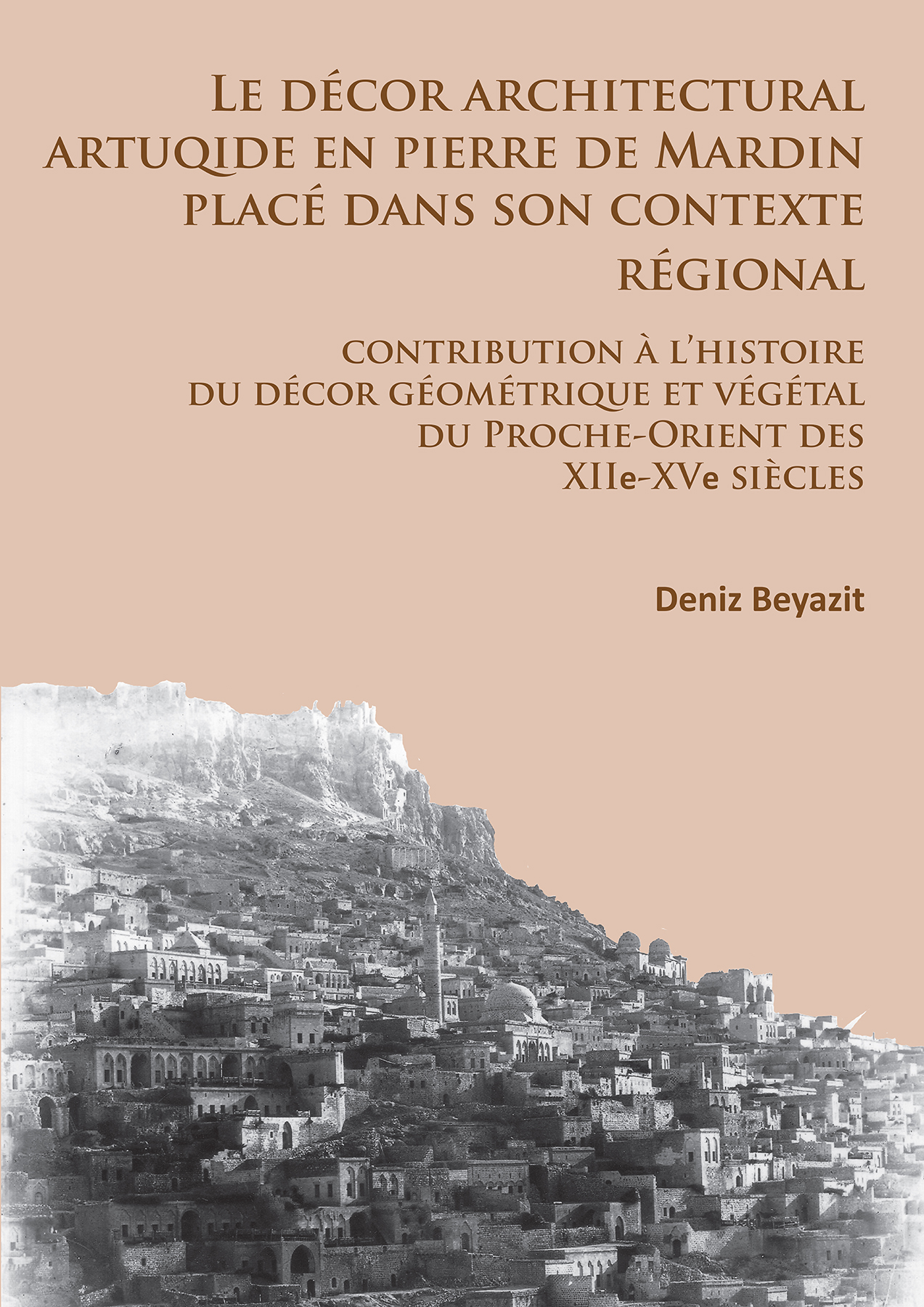
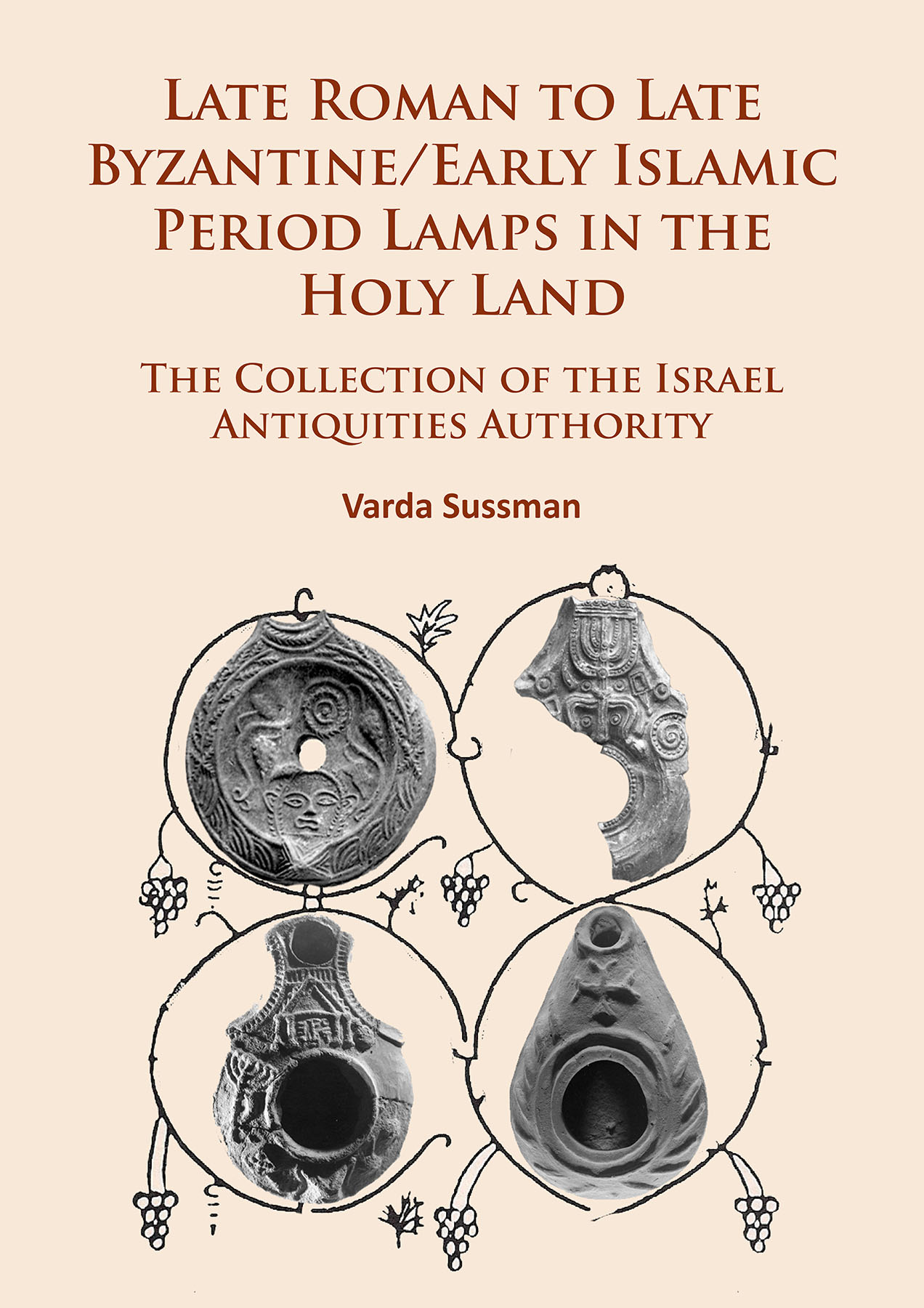
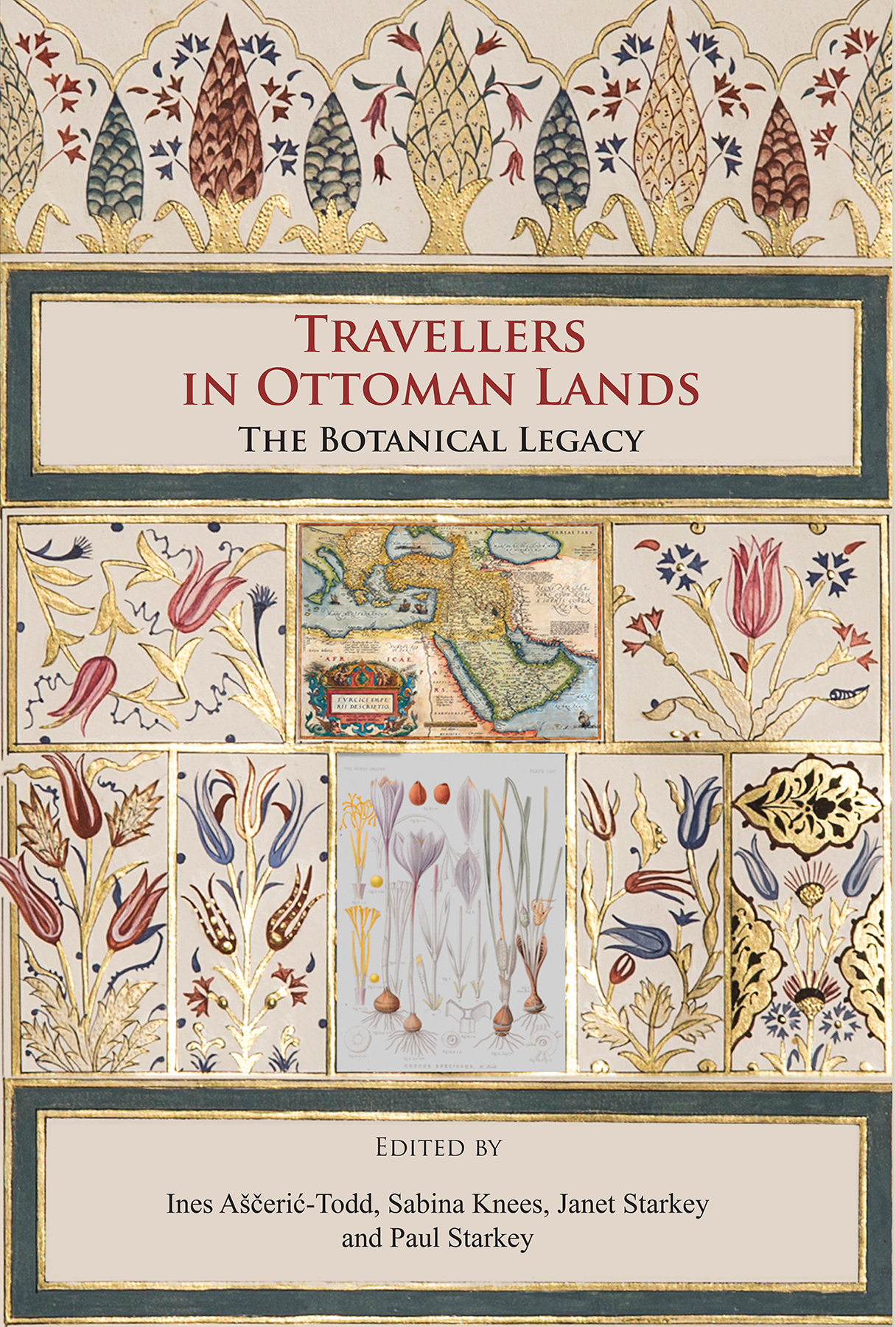

Ramla: City of Muslim Palestine, 715-1917
Studies in History, Archaeology and Architecture
Edited by Andrew Petersen, Denys Pringle
This book presents a comprehensive overview of the history, archaeology and architecture of the city of Ramla from the time of its foundation as the capital of Umayyad Palestine around 715 until the end of Ottoman rule in 1917.
Contents
List of Figures ;
Notes on Contributors ;
Preface ;
Chapter 1: Early Islamic Ramla (715-1099) – Robert Hoyland ;
Chapter 2: The Crusader Town and Lordship of Ramla (1099–1268) – Peter Edbury ;
Chapter 3: Ramla in the Ayyubid and Mamluk Periods (1187–1516) – D. S. Richards ;
Chapter 4: Ramla in the Ottoman Period (1516–1917) – Matthew Elliot ;
Chapter 5: Excavations in Ramla, 1990–2018: Reconstructing the Early Islamic City – Gideon Avni ;
Chapter 6: The Gezer Aqueduct to Umayyad Ramla – Amir Gorzalczany ;
Chapter 7: World War I Aerial Photographs of Ramla – Benjamin Z. Kedar ;
Chapter 8: Muslim Buildings – Andrew Petersen ;
Chapter 9: The White Mosque – Michael H. Burgoyne ;
Chapter 10: The Christian Buildings of Ramla – Denys Pringle ;
Chapter 11: The West Door of the Great (al-ʿUmarī) Mosque of Ramla and its Late Ottoman Transformation – Katia Cytryn-Silverman ;
Chapter 12: The Coinage of Umayyad Ramla – Nikolaus Schindel ;
Chapter 13: Arabic Inscriptions in Ramla – Mehmet Tütüncü ;
Chapter 14: Pilgrims’ Graffiti in the Franciscan Hospice in Ramla – Denys Pringle ;
Appendix 1: K.A.C. Creswell’s Report on the White Mosque in Ramla ;
(c.1919–20) ;
Appendix 2: Sites in the Crusader Lordships of Ramla, Lydda and Mirabel – Denys Pringle ;
Appendix 3: The Endowment Deed (waqfiyya) of Qaṣr Waqf Abūʾl-Huda, Ramla, July 1713 – Maher Abu Munshar ;
Bibliography
About the Author
Andrew Petersen is Professor and Director of Research in Islamic Archaeology at the University of Wales Trinity Saint David. He is currently directing excavations at the eighteenth-century site of Ruwayda in northern Qatar. He has published many articles and several books on Islamic archaeology, including Bones of Contention: Muslim Shrines In Palestine (2018), The Medieval and Ottoman Hajj Route in Jordan; an Archaeological and Historical Study (2012), The Archaeology of Towns in Muslim Palestine (2005), Gazetteer of Medieval and Ottoman Buildings in Muslim Palestine (2001) and A Dictionary of Islamic Architecture (1998). ;Denys Pringle is Emeritus Professor in the School of History, Archaeology and Religion at Cardiff University. In addition to his four-volume corpus, The Churches of the Crusader Kingdom of Jerusalem (1993–2009), his recent publications include a volume of translated texts, Pilgrimage to Jerusalem and the Holy Land, 1187–1291 (2012), and a volume of collected studies, Churches, Castles and Landscape in the Frankish East (2013). His detailed historical and archaeological study of the town walls of Byzantine, early Islamic and Crusader Ascalon has recently appeared in Ashkelon 8 (2019).
Reviews
‘Avni offers a dense synthesis of the rich archaeological evidence traced through numerous excavations — these varying in scope and extension — conducted in Ramla over the last 30 years. The picture emerges of an outstanding Islamic city of the 8th–11th centuries, provided with well planned orthogonal streets, with central mosque, and comprising large-scale public infrastructures; residential neighbourhoods with courtyard houses lavishly decorated with mosaics; industrial quarters, especially centred on dyeing; and gardens and complex systems of water supply and storage.’ – Matteo Gioele Randazzo (2022): Medieval Archaeology, 66/1, 2022

 Add to wishlist
Add to wishlist